
I cooked Khichuri as I thought. I finished eating and went to the office. Busy in the office, no time today. I returned home after spending my duty as usual. Back home, friends and elder brothers all prepared some food together. After eating, I rested for a while. The plan was to go somewhere today. As per the plan, I visited Ashuganj Fertilizer and Chemical Company Limited. The elder brothers visited all the factories together. Today our factory went into production after nine long months. I was thrilled. An elder brother of the factory invited us to the control room. Going there, my mind was filled with such a beautiful scene.He discussed the critical aspects of the factory, which controls which parts. Below is a list of areas where work is performed to manage.

Components of Ammonia fertilizer plant :
• utility plant
• boiler
• alternative power plant
• compressor
• primary reformer
• secondary reformer
• ammonia plant
• urea plant
• fire and safety department
• medical
• admin panel
• local purchase
• foreign purses
• quality control (QC)
• electrical department
• mechanical department
• Civil department
• solid handling
• operation bagging
• store.
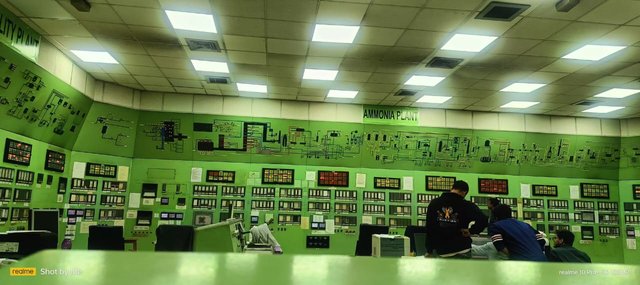
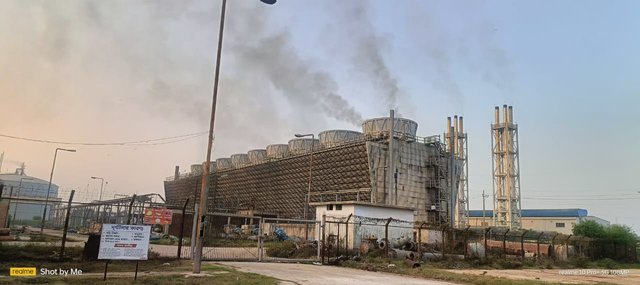
UREA PLANT:
The urea production in a urea plant involves several chemical and engineering processes. Here's a simplified overview of the mechanism:
.jpeg)
Ammonia Synthesis:
The process typically starts with the production of ammonia (NH3) through the Haber-Bosch process, where nitrogen gas (N2) and hydrogen gas (H2) are reacted under high pressure and temperature in the presence of an iron-based catalyst.
The resulting ammonia is purified to remove impurities like carbon dioxide, moisture, and methane.Carbon Dioxide Removal:
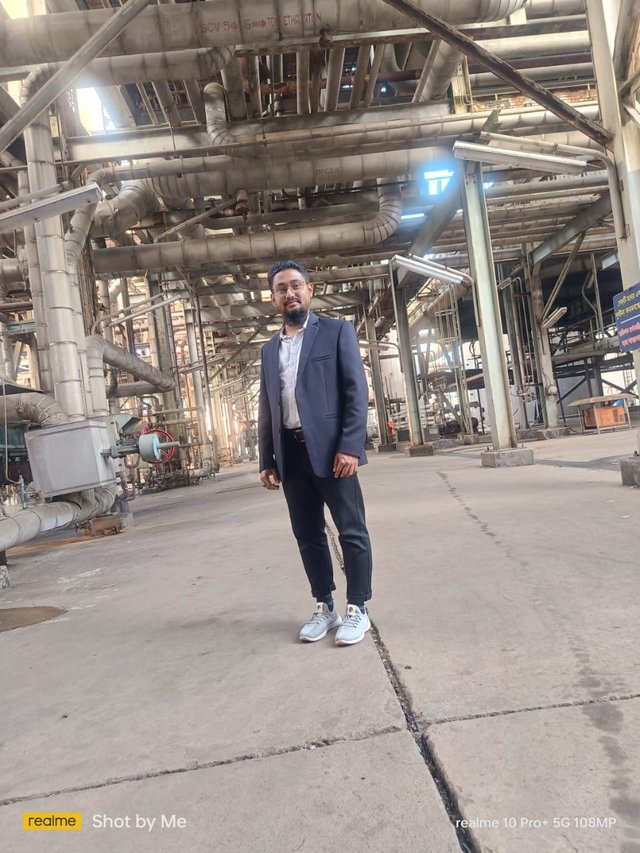
Urea synthesis requires pure ammonia, so any remaining carbon dioxide (CO2) must be removed. This is usually done through an absorption process using an absorber column.
Urea Synthesis:
.jpeg)
The core of the urea production process is the urea reactor. Ammonia is combined with carbon dioxide in this reactor under high pressure and temperature.
The chemical reaction is: 2NH3 + CO2 → NH2CONH2 + H2O
This reaction forms urea (NH2CONH2) and water (H2O).
Urea Solution Formation:
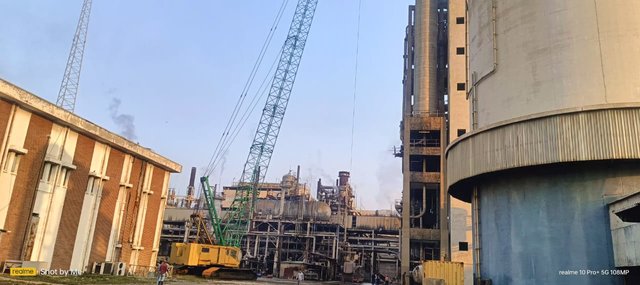
The resulting urea is in the form of a molten solution. It is cooled and diluted with water to handle it more efficiently and for transportation to form a urea solution.
Concentration and Granulation:
.jpeg)
The urea solution is then concentrated to increase the urea content. This can be done through processes like evaporation or crystallization.
The concentrated urea solution is sprayed into a granulator to produce solid urea granules. The urea droplets solidify as they fall and are collected as granules.
Drying and Cooling:
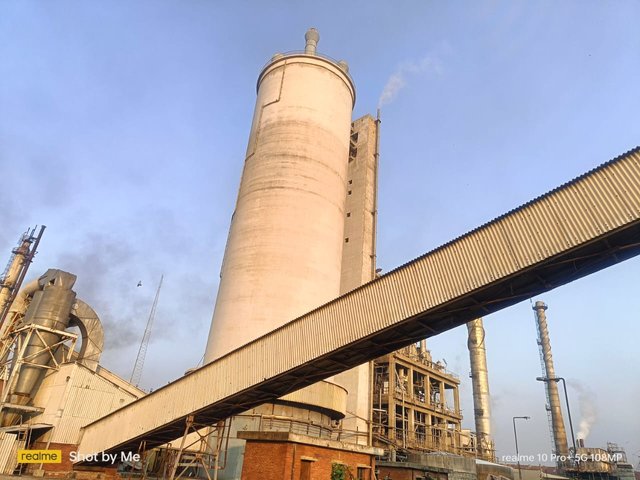
The urea granules are dried to remove excess moisture and cooled to a suitable temperature for storage and handling.
Prilling (Optional):
In some cases, urea is produced as small spherical pellets known as prills. This involves a different granulation process that results in uniformly sized granules.
Packaging and Storage:
The final urea product is packaged in bags, containers, or bulk for distribution and storage.
It's important to note that the actual mechanism in a urea plant can be more complex, with various auxiliary systems and controls to optimize the process and ensure safety. Additionally, there are different urea production methods and plant configurations, but the steps outlined above represent the fundamental processes involved in urea production.
Upvoted. Thank You for sending some of your rewards to @null. It will make Steem stronger.
Downvoting a post can decrease pending rewards and make it less visible. Common reasons:
Submit
Hi, Greetings, Good to see you Here:)
Downvoting a post can decrease pending rewards and make it less visible. Common reasons:
Submit